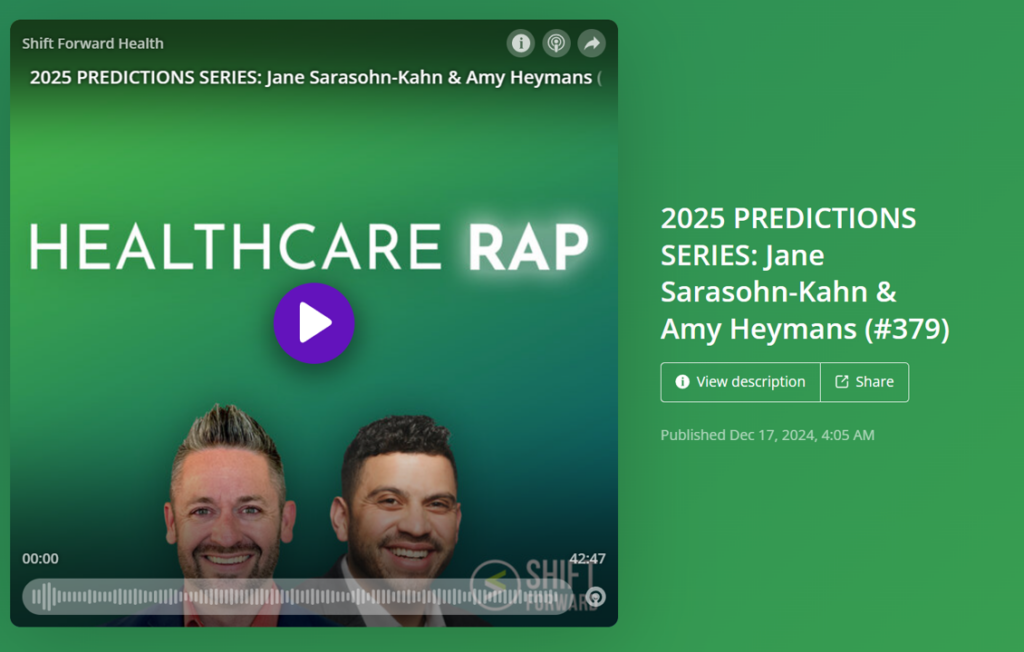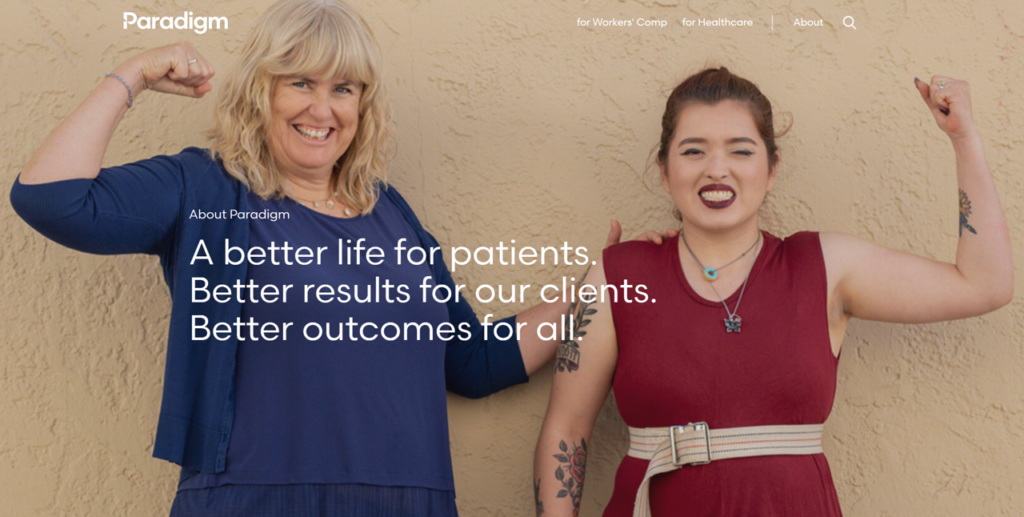Two hours’ drive north of Manhattan, it was nigh impossible for my dear friend to secure an appointment with her regular primary care doctor to treat a complicated sinus infection. Her PCP’s appointment scheduler told her she could get an appointment in five days. Not acceptable, my friend said, so she tried some alternatives, with no success. I suggested she go online and search Walgreens, CVS, and Walmart to locate the closest convenience clinic to her home. There was none in her area within an hour’s drive. So much for convenient and accessible health care.
She finally phoned a doctor she knew who still does house calls. His wife answered the phone, and she got hold of her husband who saw my friend at her home in about 3 hours. After she paid the doctor $130, two powerful prescriptions were phoned into the pharmacy in the next town and my friend was on her way to healing after some very emotionally frustrating encounters with what is the primary care shortage situation in the U.S.
This is not an especially rural environment in the way Americans think about the concept of “rural.” But the primary care shortage is an epidemic facing many parts of the U.S., and it will worsen without strategic intervention for workforce planning even without implementing the vision of the patient-centered medical home.
The New York Times covered the primary care shortage challenge on April 26, 2009, in Shortage of Doctors an Obstacle to Obama Goals.
Health Populi’s Hot Points: Are we gearing up for a fiscal civil war between specialists and PCPs? Signs have begun that we are. At a meeting I’m attending all week with some stellar group practice physicians, I am hearing mixed forecasts on the pitting of primary care doctors versus specialists: some docs tell me that specialists will follow the money and take on the mantle of being a “heart medical home” for chronically ill cardiac patients; others believe there will be blood on the professional association streets.
One useful tactic would be to retrain unemployed people to take on roles as physician extenders and community care providers to keep people at home. While Congress may come up with budget-neutral ways of reallocating funding toward primary care — a contentious approach that fractions physicians — no doctor will argue for more care extenders to be trained and deployed both within their practices (given aligned incentives to adopt this new adaptive workflow) and in the hospital setting. Adding mid-levels to the staffing complement in physician practices would allow already-stretched PCPs to see the sickest patients and spend more time with people managing multiple chronic conditions — a great need now as more people are diagnosed with multiple co-morbidities who do not know how to navigate the health system, as I wrote about in Health Populi in People with chronic conditions are delaying care.
There is so much that mid-level practitioners can do. In addition to training more docs, which is the recommendation of the Association of American Medical Colleges, let’s invest more in mid-levels to extend care both within and beyond the bricks-and-mortar office.
It is good to see that Congressional leadership focused on health reform has identified the primary care shortage as a barrier to achieving the vision of the medical home in every pot. We can deal with this problem more effectively if we think of the medical home not as physician-centered, but as patient-centered.





 It's becoming a (beloved) annual tradition for my brilliant friend and health care design maven Amy Heymans as we re-convene for the third year (or is it the fourth?)
It's becoming a (beloved) annual tradition for my brilliant friend and health care design maven Amy Heymans as we re-convene for the third year (or is it the fourth?)  Thank you, Jared Johnson, for including me on the list of the
Thank you, Jared Johnson, for including me on the list of the  Jane will deliver the keynote address at the upcoming
Jane will deliver the keynote address at the upcoming